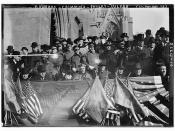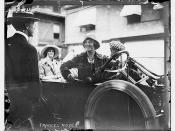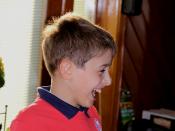Women in Medieval Music Women's involvement with medieval music took on a variety of forms; they served at times as audience, as participant, as supporter, and last but not least as composer. The proof of their roles is quite random. Many musical sources have been lost, and those sources that do survive only sometimes provide the composer credit. Information on specific performances is close to non-existent, and what does exist must be interpreted carefully. An artwork portraying a women musician may be representational or symbolic, or both. Yet, despite these handicaps, present day studies reveal many ways in which medieval women were engaged with and enriched by the music that flourished around them.
One of the earliest witnesses to Christian church practice was the nun Egeria (ca. 400), whose documentation of her pilgrimage to Jerusalem provides evidence for the emerging office services and for the development of the mass. She was writing for an audience of fellow-nuns, and assumed that they understood the details of the services, but her descriptions give hints of the divisions of services and the types of chants used, as well as details about the rituals involved.
From this, she gives more specifically musical details; for example, in a pre-dawn service on the Lord's Day (Sunday), there are hymns and antiphons (sacred songs) alternating with prayers before the service begins, and the service itself begins with the recitation of psalms: "When the first cock has crowed, forthwith the bishop descends and enters inside of the cave to the Anastasis (the sanctuary). All the doors are opened, and the whole crowd streams into the Anastasis. Here innumerable lights are shining; and when the people have entered, one of the priests says a psalm, and they all respond; then prayer is offered. Again one of the deacons says...


